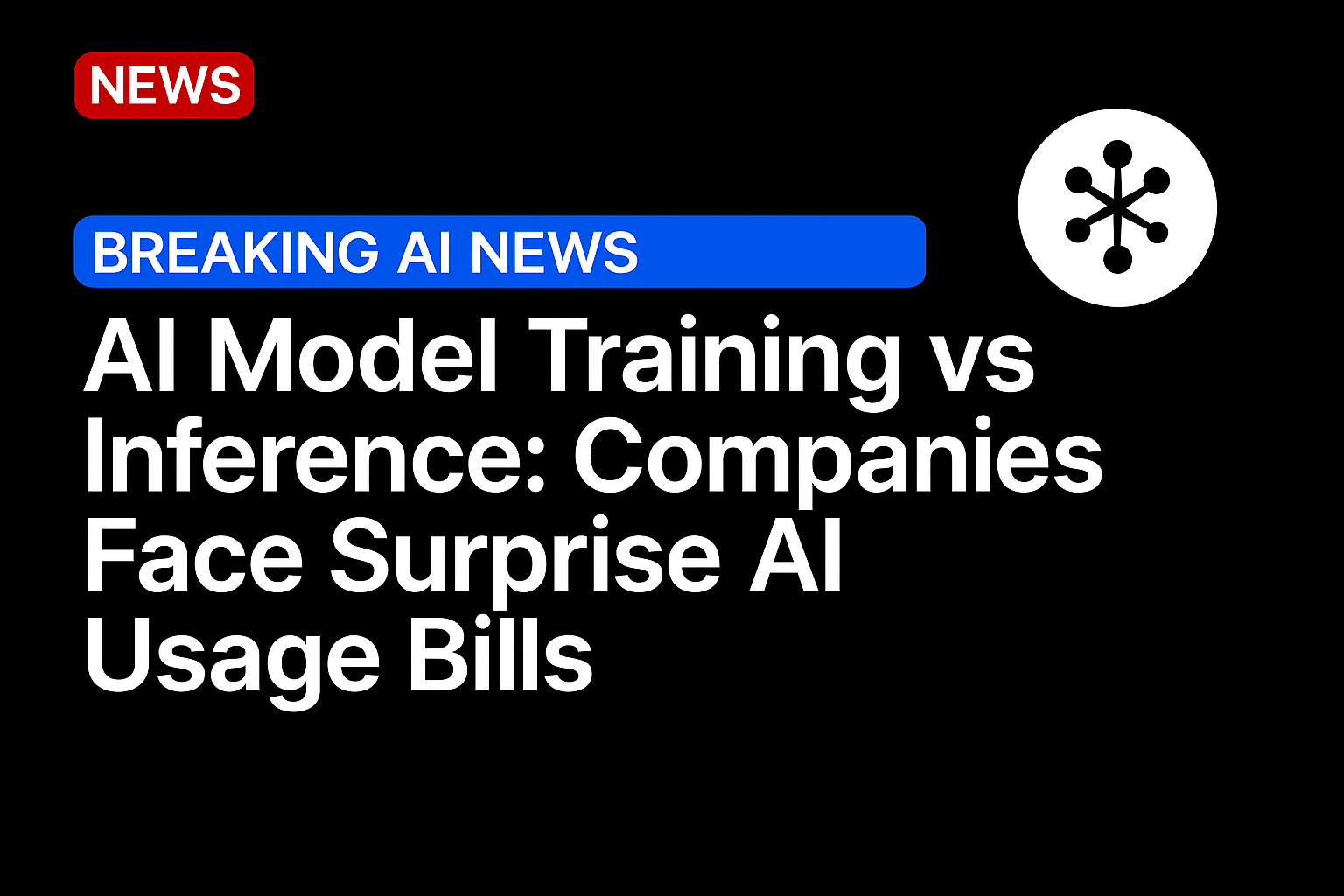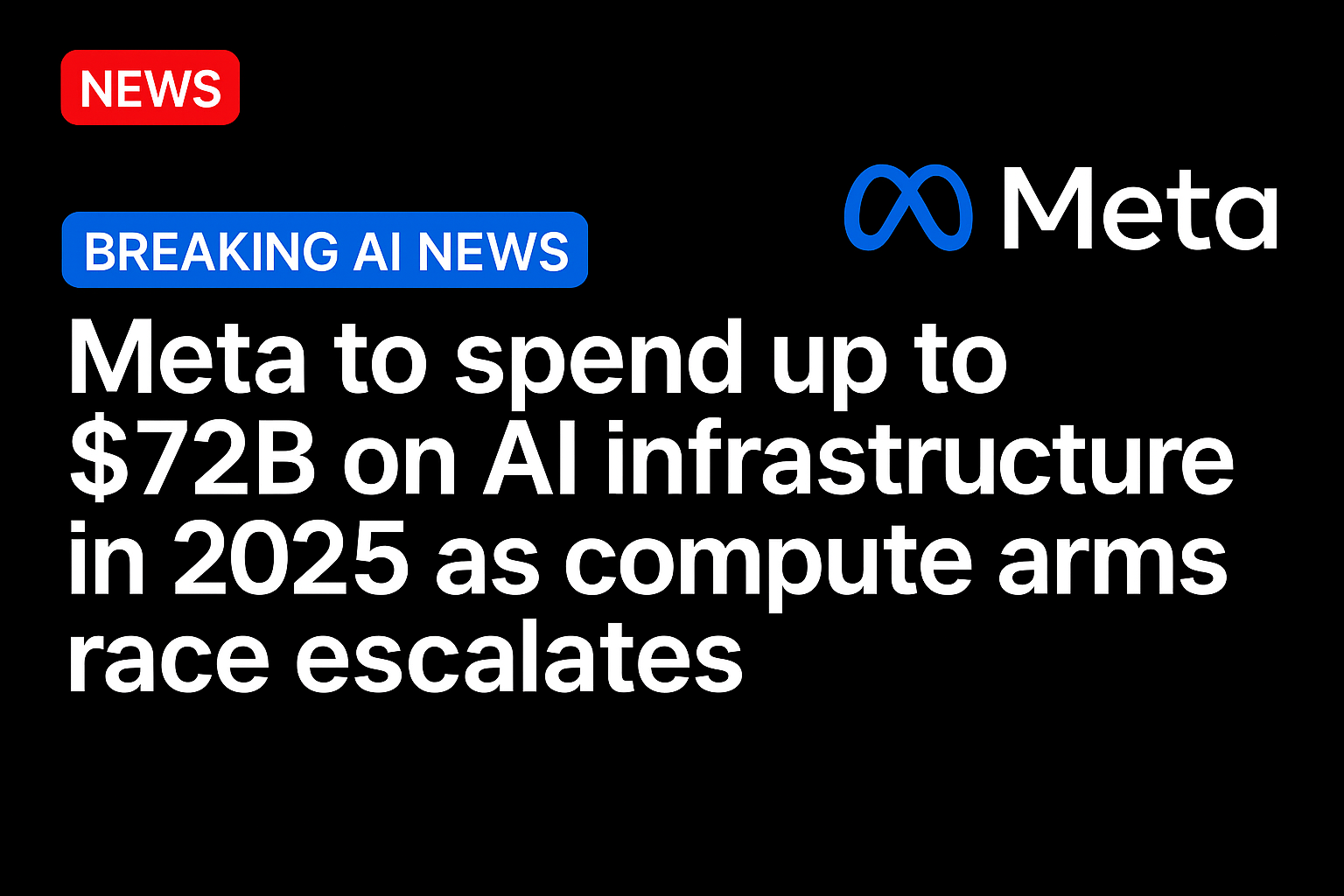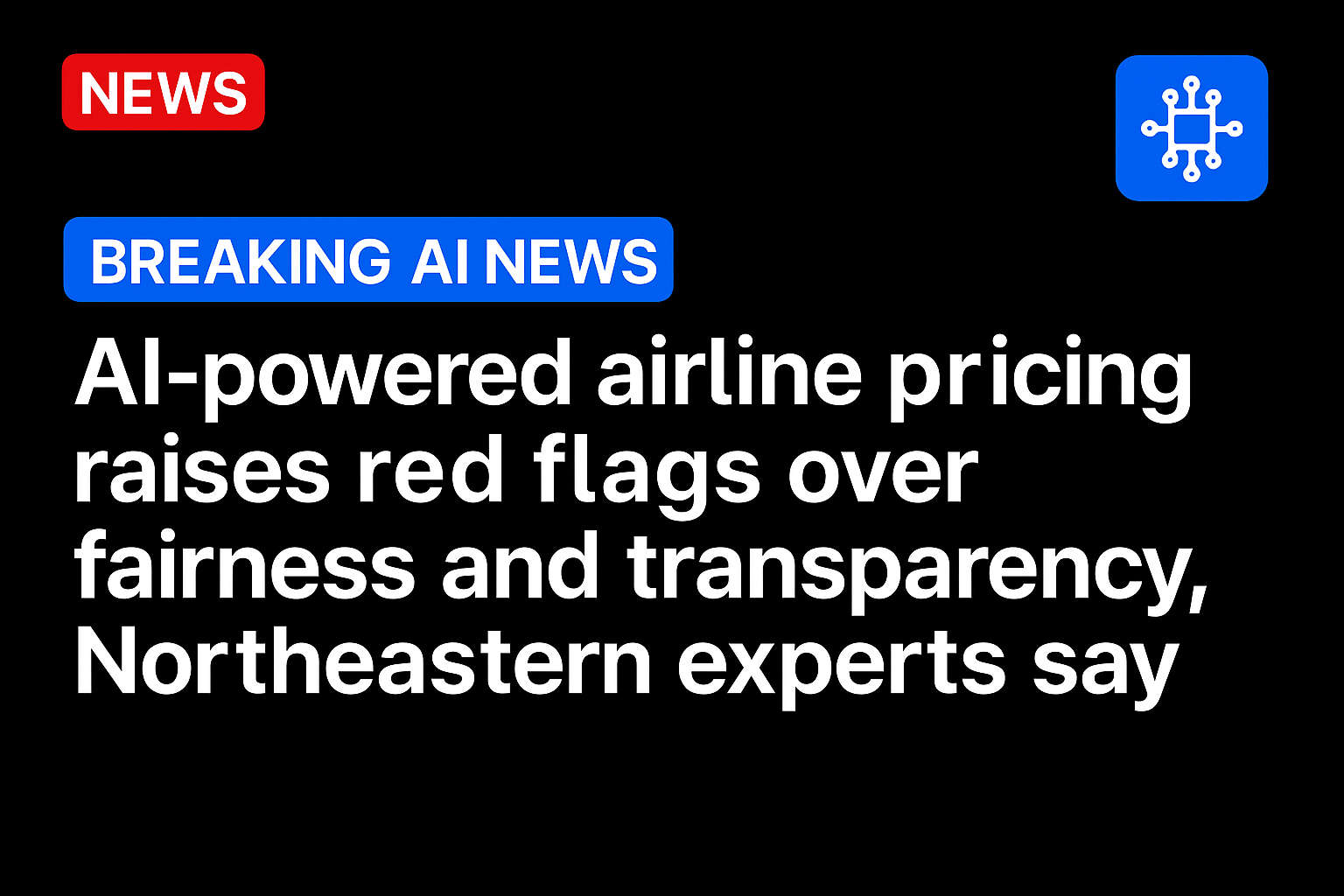When companies talk about adopting artificial intelligence (AI), most of the attention goes to the large language model such as OpenAI’s GPT-5 or Google’s Gemini 2.5.
But for enterprises, what really matters on a day-to-day basis isn’t just the model itself; it’s inference. That’s the stage where the model is actually used to generate predictions, responses or insights.
Pre-training a frontier AI model, which forms the generalist foundation for other models, is a one-time and usually expensive exercise. Think of it as a college student taking broad, general education classes. The better the training, the more equipped the graduate, or AI model.
With inference, it’s like putting that graduate to work. Companies often further train the graduate — for example, teach them to do HR tasks — which is similar to enterprises fine-tuning AI models for custom purposes. But in this scenario, the graduate doesn’t get a set salary, but rather bills by the task or hour. It’s a running tab.
For companies, running inference is what happens every time an employee asks a chatbot a question, a fraud system screens a transaction, or a doctor uses an AI tool to interpret a medical scan. Those costs are recurring, not one-time, and they can add up fast.
“Pretraining a model — the process of ingesting data, breaking it down into tokens and finding patterns — is essentially a one-time cost,” according to an Nvidia blog post. “But in inference, every prompt to a model generates tokens, each of which incur a cost.”
That’s because every prompt given to the AI model makes it do fresh computations from scratch. These set off processing by GPUs, which incurs electricity and cooling costs since computing gets hot.
There are also the sunk costs of buying the AI chips and building and maintaining data centers as well as hiring staff. When models are accessed through APIs in the cloud, hyperscalers bundle all of these expenses into inference rates enterprises pay.
To summarize the difference:
- AI model training: Training is the process of creating the model. It involves feeding large amounts of data into machine learning algorithms until the system “learns” patterns. Training requires a lot of computing power, often using specialized chips such as GPUs. It’s usually done once by AI providers like OpenAI, Anthropic or Google.
- AI inference (usage): Inference is applying that pre-trained model to new data. When a bank customer asks a virtual assistant about mortgage rates, the assistant isn’t being retrained; it’s performing inference, answering the question by tapping its training and other tools. Every time someone uses the AI, there is a cost.
For enterprises, training is mostly someone else’s problem. Few companies outside of tech giants or specialized research labs build and train large models from scratch. Instead, they license or access models through APIs or platforms like AWS, Azure or Google Cloud.
Inference, however, is unavoidable. Every AI-enabled workflow involves inference, and the more queries or predictions a company’s AI systems make, the bigger the bill.
For example, a construction company built an AI predictive analytics tool in the cloud and costs came to less than $200 a month, Pavel Bantsevich, product manager at Pynest, had told PYMNTS.
But once people started using it, costs ballooned to $10,000 a month. When the company switched to self-hosting instead of the cloud, costs dropped and stabilized but were still about $7,000 a month.
And the number of firms using AI systems continues to grow. For example, PYMNTS Intelligence data shows nearly 4 in 10 tech firms reported a “somewhat positive” ROI over 12 months leading up to March 2024. Fourteen months later, that number grew to 1 in 2.
Another example is customer service chatbots. A company may handle thousands of queries per hour. Each one triggers inference, and costs are based on how many “tokens” or chunks of text are processed. These costs can add up fast — and they stay forever.
One may wonder why many AI chatbots offer free or low-cost options of around $20 a month for ChatGPT, Claude and Perplexity AI (which lets users tap different AI models). They’re loss leaders to get people hooked on AI — and it worked. ChatGPT now has 700 million weekly users.
The good news for business is that inference costs have been declining. Stanford’s 2025 AI Index Report finds that the inference cost for a system performing at the level of GPT-3.5 has dropped more than 280-fold from November 2022 to October 2024. More decreases are expected.
For business leaders, the takeaway is simple: Don’t get dazzled by headlines about model size or training breakthroughs. What really affects the bottom line is how inference is managed.
Source: https://www.pymnts.com/




